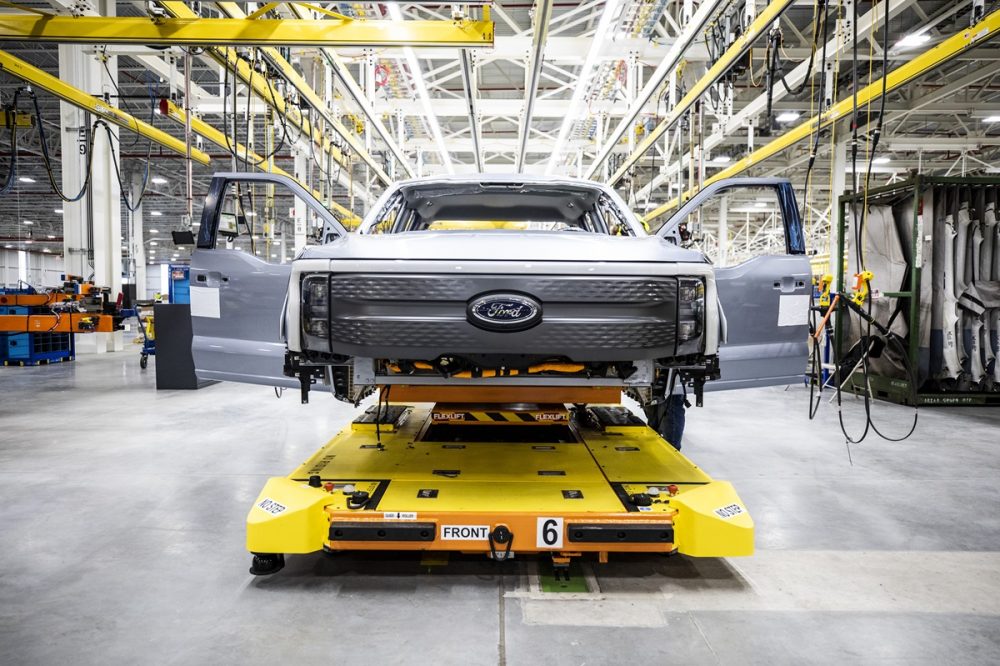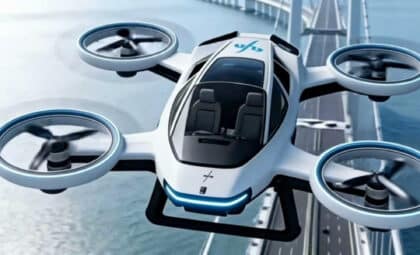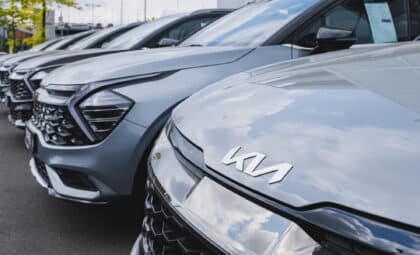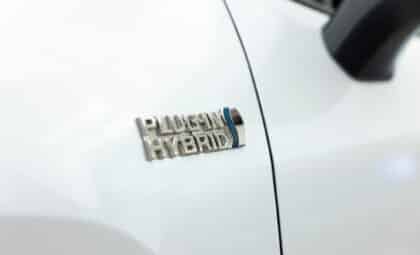
Ford expects 2024 vehicle prices will decline to levels like 2019, according to chief financial officer John Lawler. At the Barclays Global Automotive and Mobility Tech Conference, Lawler said the American automaker wants vehicle prices to represent a smaller portion of consumers’ monthly disposal income.
All-New Mustang: Next generation of the high-performance muscle car due in 2024
In 2019, car payments made up 13.5% of buyers’ disposal income on average. By 2022, this had grown to 15.7%, before going down to 14.5% in 2023. Lawler says Ford will work to get the rate back to 13.5% in 2024. To do this, it will need to lower the average vehicle by about $1,800. This will be made possible in part by manufacturer incentives of “roughly $1,000.” The rest will have to come out of dealer profits.
Ford currently forecasts $10 billion in earnings for 2023, down from a mid-year forecast of $12 billion. It lost an estimated $1.6 billion in profits due to the UAW strike that resulted in 100,000 fewer vehicles being made. The company was the first of the Detroit Big Three to reach a deal with the union. After six weeks of targeted strikes, Ford agreed to increase its union worker wages by 27% over the next 4.5 years, which will cost it $8.8 billion over that period.
This will add about $900 to the average cost of producing a new Ford by 2028. The automaker says it will work to offset this cost by increasing productivity and lowering expenses elsewhere. “We need to do that by reducing the number of hours it takes to build a vehicle, simplifying designs and reducing complexity,” Lawler said.
Ford is also putting the brakes on its EV program following slower sales growth than anticipated, which will further help its savings. It cut $12 billion in planned EV investments, delaying production at a joint-venture battery plant in Kentucky, and halving the size of a battery plant in west Michigan. Lawler says Ford is “not changing our strategy…but changing our tactics and pulling back…so that we can better match capacity with demand.”
For now, this means providing more hybrid options, primarily for the F-150 truck, which has few hybrid competitors. Consumers are reluctant to pay a premium for electric models, but Lawler is optimistic that this will change. “Pricing has come down much quicker than we expected or I think than anybody else expected,” he said. “Eventually, over time, you’re not going to see a premium for electric vehicles.”
Kurt Verlin was born in France and lives in the United States. Throughout his life he was always told French was the language of romance, but it was English he fell in love with. He likes cats, music, cars, 30 Rock, Formula 1, and pretending to be a race car driver in simulators; but most of all, he just likes to write about it all. See more articles by Kurt.









